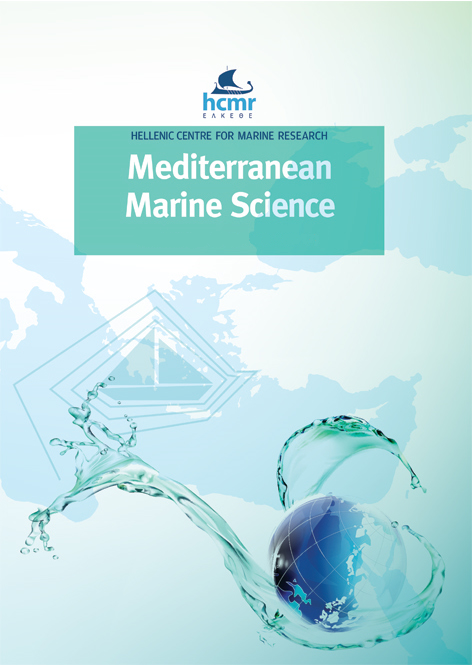First report of the scavenging isopod Natatolana neglecta (Crustacea: Isopoda: Cirolanidae) feeding on a sea turtle

Abstract
A juvenile male loggerhead sea turtle (Caretta caretta) was found dead in April 2015, entangled in a trammel net on the Mediterranean coast of Spain. Post-mortem examination revealed the presence of ninety-five isopods dispersed in the coelomic cavity, and inside the oesophagus and skull. All individuals found scavenging on the sea turtle were identified as Natatolana neglecta (Hansen, 1890) (Isopoda: Cirolanidae). Genetic analysis of the isopod gut contents showed that they were feeding on turtle tissue, confirming that N. neglecta can also attack dead sea turtles. This study shows the value of cirolanids as potential indicators of the cause of death in stranded sea turtles.
Article Details
- How to Cite
-
REVUELTA, O., DOMÈNECH, F., KEABLE, S., & MÍGUEZ-LOZANO, R. (2019). First report of the scavenging isopod Natatolana neglecta (Crustacea: Isopoda: Cirolanidae) feeding on a sea turtle. Mediterranean Marine Science, 20(2), 297–301. https://doi.org/10.12681/mms.19058
- Issue
- Vol. 20 No. 2 (2019)
- Section
- Short Communication
Authors who publish with this journal agree to the following terms:
- Authors retain copyright and grant the journal right of first publication with the work simultaneously licensed under a Creative Commons Attribution Non-Commercial License that allows others to share the work with an acknowledgement of the work's authorship and initial publication in this journal.
- Authors are able to enter into separate, additional contractual arrangements for the non-exclusive distribution of the journal's published version of the work (e.g. post it to an institutional repository or publish it in a book), with an acknowledgement of its initial publication in this journal.
- Authors are permitted and encouraged to post their work online (preferably in institutional repositories or on their website) prior to and during the submission process, as it can lead to productive exchanges, as well as earlier and greater citation of published work (See The Effect of Open Access).




